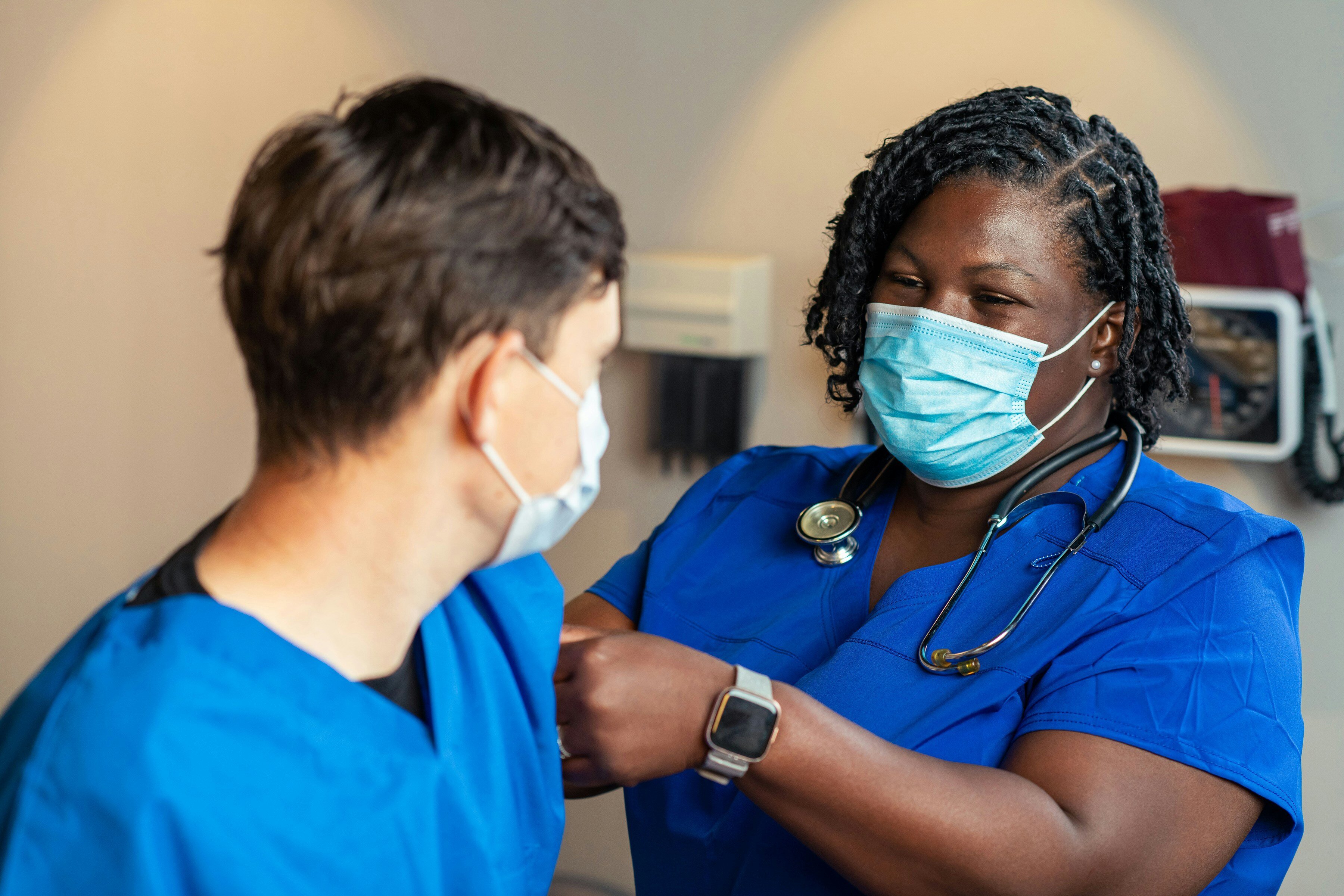Words matter, especially when they influence how we approach substance use disorder (SUD) among healthcare professionals.
At the 2024 International Health Facility Diversion Association (IHFDA) Annual Conference, this truth came to the forefront as experts discussed the critical role language plays in supporting recovery. David Shapiro, assistant director of programs and partnerships at the Centers for Health, Work & Environment, explored how adopting supportive, non-stigmatizing language can pave the way for recovery-friendly workplaces in healthcare—a vital step toward fostering safety and inclusion in high-stress environments.
Reframing the Language Around Substance Use Disorder
The panel’s key theme was the power of language. Shapiro emphasized the importance of using supportive, non-stigmatizing language when discussing SUD. "Using terms like 'reasonable suspicion' or 'surveillance' can unintentionally perpetuate stigma. Shifting to terms like 'reasonable cause' or 'monitoring trends' fosters a safer, more inclusive environment for all," he noted.
This language shift is critical in healthcare, where workers may silently struggle with substance misuse out of fear of judgment or disciplinary action. Shapiro suggested replacing terms like "relapse" with "recurrence" or "return of symptoms" and "addicts" with "people experiencing substance use disorder," thereby framing SUD in a way that emphasizes support and reduces stigma.
The Hierarchy of Controls Applied to Total Worker Health®
In recovery-friendly workplaces for healthcare professionals, fitting the job to the worker is essential for sustaining recovery and well-being. These roles carry unique pressures due to high responsibility, exposure to trauma, and proximity to controlled substances, making it crucial to design jobs that align with the recovery needs of these professionals. The NIOSH Hierarchy of Controls applied the Total Worker Health (TWH) framework presents a systematic approach to this challenge.
- Eliminate Remove harmful workplace conditions that may trigger substance misuse, such as excessive stress, poor management practices, or physical availability of psychoactive substances. In high-stress environments like emergency rooms, healthcare professionals in early recovery may benefit from reassignment to lower-stress roles during critical recovery stages.
-
Substitute
Replace hazardous work environments with safer, more supportive alternatives. Peer recovery workers, who often face emotional exhaustion, could benefit from group facilitation over one-on-one crisis intervention.
-
Redesign
Adjust job roles to reduce work-related triggers and stressors. Flexible scheduling, shorter shifts, or rotating through lower-pressure departments can support workers' recovery efforts. Regular, ongoing fit-for-duty testing is another essential tool for ensuring that workers in safety-sensitive roles, such as anesthesiologists, are physically and mentally capable of performing their duties safely.
-
Educate
Evidence-based resources, education, and training for employees, managers, and peers on SUD help to reduce stigma and foster understanding. Building "recovery capital"—the social, human, and community resources that individuals in recovery rely on is a critical component of a supportive workplace.
-
Encourage
Foster environments where recovery is actively supported and normalized through workplace-supported policies, programs, and practices. Peer support programs for workers in recovery are a critical component of program success.
"By applying the Hierarchy of Controls, healthcare organizations can reshape work environments to reduce the risk of recurrence and support recovery," Shapiro said. "This approach benefits both individuals in recovery and the organization by fostering a safer, more resilient workforce."
The IHFDA 2024 conference underscored the essential role of healthcare organizations in creating recovery-friendly workplaces. As leaders in the industry, healthcare organizations are encouraged to consider these insights and take concrete steps to ensure their workforce is supported, safe, and empowered to provide the highest quality of care, fostering a sense of responsibility and motivation.







%20(2).png)
